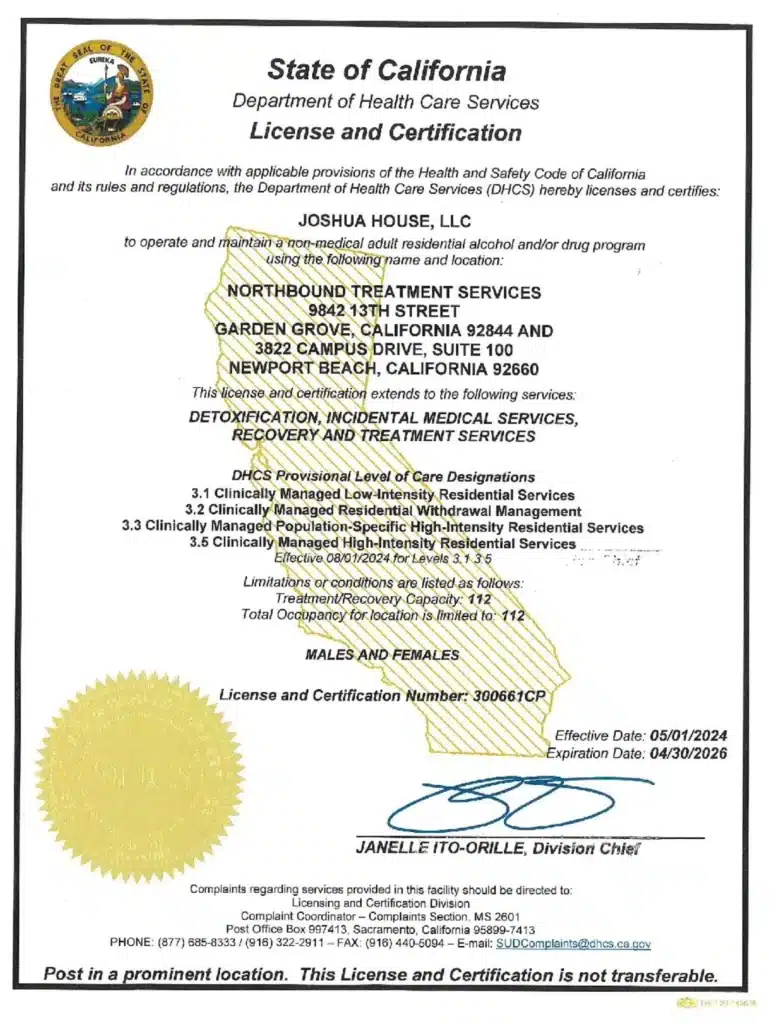Getting “crossfaded” has become a popular term among young adults, particularly in party settings where drug and alcohol use are already present. The term originated in youth culture, where several artists have popularized the terminology, “Said she doesn’t get crossfaded, but that’s how I exist, uh”—Travis Thompson, Rapper
“Crossfaded” refers to being under the influence of both alcohol and marijuana, increasing serious risks of health consequences such as blacking out, memory loss, impaired judgment, and accidents. Read on to understand more about this common party practice, the risks, and how to stay safe.
What Does It Mean to Be Crossfaded?
Getting crossfaded refers to combining alcohol with cannabis to increase and prolong the effects of the high. Interviews with young adults describe crossfading as a “social vibe” and shared experience at parties. Users report that cannabis reduces the negative effects of alcohol, while the alcohol “boosts” the effects of the THC (psychoactive compound in cannabis) [1].
Surveys of 18 to 25-year-olds, in which getting cross-faded is most common, report that their top two motives for combined use are “to get a stronger buzz” and “bonding with friends”. A smaller number of individuals described getting cross-faded to cope with stress or boredom [2].
When you’re crossfaded, THC and alcohol work simultaneously on the brain and can increase health consequences such as alcohol poisoning through several mechanisms:
- Alcohol acts as a central nervous system depressant to slow down brain activity.
- THC from cannabis binds to receptors in the brain that can further reduce brain activity and complicate the effects of alcohol.
- Alcohol speeds up the absorption of THC, increasing the effects of cannabis and making them last longer.
- THC may suppress the body’s ability to vomit, increasing the risk of alcohol poisoning
Long-Term Consequences of Crossfading
Cross-fading increases the risk of alcohol poisoning and serious health consequences on the body; it also increases risk-taking behaviors such as unprotected sex and impaired driving. Studies show people who use cannabis and alcohol together are more likely to drink and have a higher risk of developing dependence compared to those who just use one substance alone [3].
Health professionals strictly warn against crossfading due to the intensity and unpredictability of the effects. Combining alcohol and marijuana intensifies the risks of:
- Blackouts
- Memory loss, impaired decision-making
- Increased tolerance and risk of addiction
- Mood swings
- Anxiety, panic attacks, paranoia
How Long Does Being Crossfaded Last and How to Recover
Being crossfaded can last different amounts of time depending on the amount you smoked, drank, and other factors such as weight or height. Below is a general idea of the peak time and total impairment window [4].
| THC Route | Alcohol Dose (# of Standard Drinks) | Peak Crossfade | Total Impairment Window |
| Smoked/Vaped | 1-2 | 10 min | 2-3 hours |
| Smoked/Vaped | 3+ | 10 min | 4-6 hours |
| Edible (5-10 mg) | 1-2 | 1 h | 4-6 hours |
| Edible (10mg+) | 3+ | 2 h | 6-8 hours |
Smoking tends to peak within minutes while edibles linger for longer. Drinking dilates the blood vessels and increases THC uptake. Cannabis may delay the feeling of being drunk at the beginning, and then suddenly hit users intensely out of nowhere.
After the effects of cannabis and alcohol wear off, the crash period is often more intense than a typical hangover. To support the recovery period from being cross-faded, here are a few tips:
- Stop substance abuse. Don’t use cannabis the next morning to reduce hangover symptoms.
- Stay hydrated with water or electrolytes such as Gatorade.
- Eat simple, bland foods that are easily digestible, such as toast, crackers, or waffles.
- Rest and make sure you are comfortable, to reduce symptoms of dizziness, nausea, or anxiety.
- Take a hot shower or bubble bath to calm your nervous system and ease muscle tension or physical discomfort.
- Seek medical attention if vomiting persists for more than a day, seizures occur, or you have difficulty breathing.
The recovery time varies depending on how much alcohol or cannabis you consumed; effects of crossfading often take longer to recover from than just one alone. Full recovery typically takes 24 to 48 hours.
Why is Polydrug Use So Dangerous?
Polydrug use (mixing substances), such as weed and alcohol, cocaine and alcohol, or MDMA and opioids, increases the effects of both drugs and the health risks of each. Around 10% of Americans engaged in polysubstance use this past month, and nearly two-thirds of all overdoses are from mixing substances [5].
Polydrug use is increasingly dangerous for several reasons:
- Enhanced Potency: Different drug interactions intensify effects, leading to stronger toxicity than just using the drug alone.
- Unpredictability: Drugs affect the central nervous system differently, and mixing them can contradict effects or increase the risk of accidents such as overdose.
- Increased Impairment: Polydrug use increases confusion, memory loss, poor judgment, and risk-taking.
- Complicates Treatment: Combined substance abuse can complicate diagnosis, detox, and treatment planning to manage multiple addictions.
Evidence-Based, Substance Abuse Treatment at Northbound
For more than 30 years, Northbound Treatment Services in California has been at the forefront of providing lifesaving, compassionate residential care and specialized services to help people from all walks of life feel better, discover themselves, and live free from addiction.
We have facilities located throughout California to help guide you on your recovery journey. Reach out to our admissions team now.
Sources
[1] Weck, J. 2025. “What was the vibe you were going for?” SAM Behaviors and Socialization During the COVID-19 Pandemic, a Qualitative Approach. Research Society of Marijuana.
[2] Lee, M. et al. (2018). Cross-faded: Young Adults’ Language of Being Simultaneously Drunk and High. Cannabis (Albuquerque, N.M.), 1(2), 60–65.
[3] Kerr, W. et al. (2015). Simultaneous versus concurrent use of alcohol and cannabis in the National Alcohol Survey. Alcoholism, clinical and experimental research, 39(5), 872–879.
[4] Bedillion, M. et al. 2024. The effects of simultaneous alcohol and cannabis use on subjective drug effects: A narrative review across methodologies. Alcohol Clinical and Experimental Research.
[5] CDC. 2024. Polysubstance Use.
Author
-

Program Director
Amanda has been working in the behavioral healthcare field since 2011. During her career, she worked her way through various positions in behavioral healthcare and finally earned a position as a program director over 10 years ago. Amanda initially graduated with her license in vocational nursing and an associate degree with completed certifications in substance use and abuse. Amanda has continued on in her education, and she obtained her bachelor’s degree in the science of nursing obtaining a BSN, and her RN licensure. With a primary background in nursing and medical care, and a proven track record in leadership positions in Behavioral Healthcare, Amanda is the perfect person to manage the daily medical and clinical services of a healthcare treatment facility.
As the Executive Director of Northbound, she utilizes her personal recovery experience coupled with her professional experience to oversee the clinical, medical, and the overall operational function of the organization. She believes that above all else the quality of client care should be the top priority for all the employees at Northbound. She pushes clients to find passion in recovery and to gain meaningful and impactful messages in the group programming to provide lasting recovery.
Amanda has a 17-year-old son. She has a passion for fitness and enjoys Rock Climbing and backpacking in her free time. Her passion for the outdoors plays a major role in her content creation in the daily programming for the schedule at Northbound.








